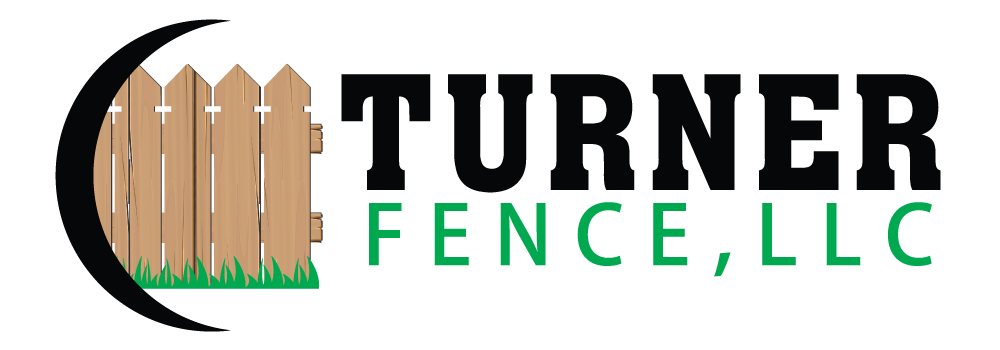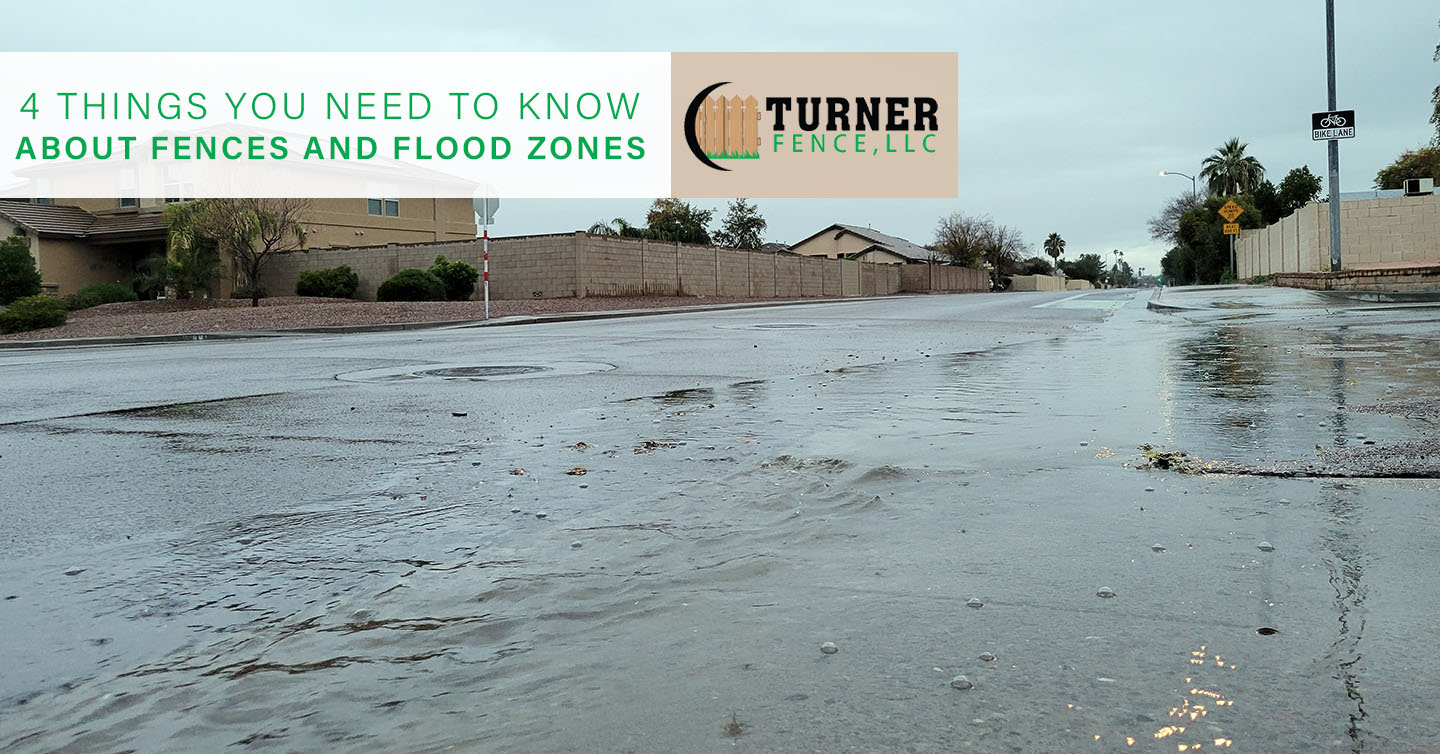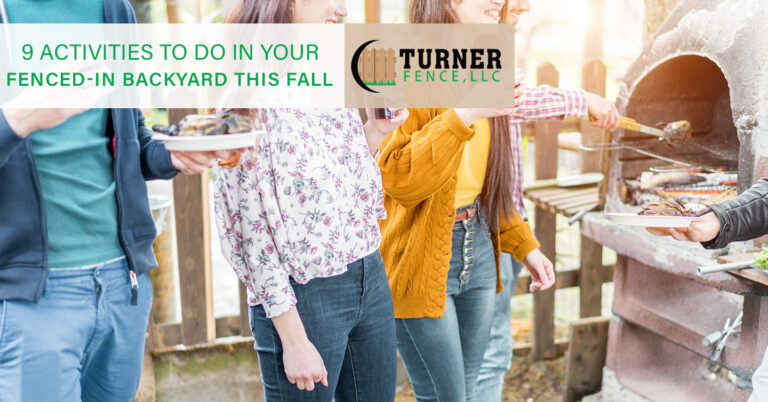As we know, thunderstorms can generate heavy rains, high winds, and even flooding–which can affect your fence. Therefore, it is important to take the proper precautions. Here are four things you need to know about fences and flood zones.
Fence type
When building a fence in a flood-prone area, it is important to choose the right type of fencing. Using high-grade, pressure-treated wood or vinyl are the best options.
Although you may have the urge to put wire, mesh or netting along the foot of your fence to keep things from escaping your yard, don’t. These types of fencing should be avoided in areas prone to flooding due to the fact that they can catch debris and cause your fence to weaken.
Always keep the gap beneath the bottom of your fence and the ground clear for floodwater to flow through. Remember, after every flood, you should check your fence and clear any debris that may have gathered.
Fence installation
When designing your fence, it is important to use the best fencing material and appropriate installation.
When it comes to fences and flood zones, you should always bury your fence posts as deep as possible. The deeper you go, the better hold the post will have in the ground. If possible, you should have over one-third of the post in the ground.
Placing posts closer together can also add strength to your fence. If needed, additional posts can also be used to strengthen your fence against flooding and high winds.
Fences and water sources
Is your property close to a water source? This could be the cause of your flooding.
When building a fence next to a water source, remember to install the fence as far away from the source as you can. If you have higher ground, that is where you should build your fence. This will give the fence more protection.
Getting the flood zone and your fence to work together
The chances of experiencing a flood in a flood-prone zone are high. You cannot avoid it, but you can install your fence in a way to get your fence and flood zone to work together.
Allowing for water to flow in and around the fence without putting pressure on the fence posts is key.
Construct your fence parallel to the source of the flooding. Doing this will let the water flow along the fence posts instead of against them, decreasing the amount of damage.
Summary
Looking for a team you can trust to install your fence? Contact Turner Fence! We guarantee the quality of our work and every fence comes with a warranty.
Finally, continue reading our blogs for more fencing information, tips and ideas.




